Peter Neuhaus
Computational Linguistics Lab, Freiburg University
On the Acquisition of Stationary Signals Using Uniform ADCs
Feb 10, 2022
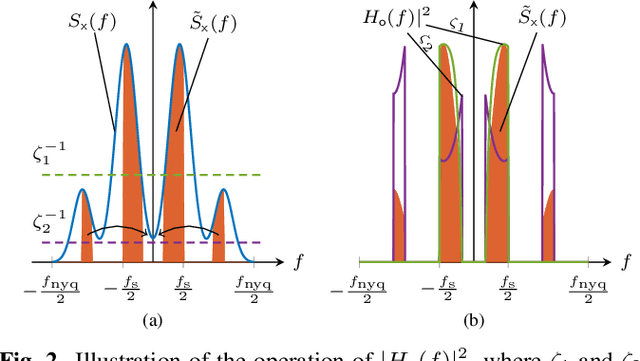
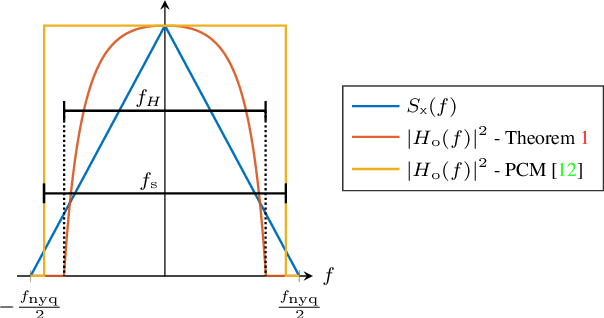

Abstract:In this work, we consider the acquisition of stationary signals using uniform analog-to-digital converters (ADCs), i.e., employing uniform sampling and scalar uniform quantization. We jointly optimize the pre-sampling and reconstruction filters to minimize the time-averaged mean-squared error (TMSE) in recovering the continuous-time input signal for a fixed sampling rate and quantizer resolution and obtain closed-form expressions for the minimal achievable TMSE. We show that the TMSE-minimizing pre-sampling filter omits aliasing and discards weak frequency components to resolve the remaining ones with higher resolution when the rate budget is small. In our numerical study, we validate our results and show that sub-Nyquist sampling often minimizes the TMSE under tight rate budgets at the output of the ADC.
Stepping Forward with Exoskeletons: Team IHMC's Design and Approach in the 2016 Cybathlon
Dec 25, 2017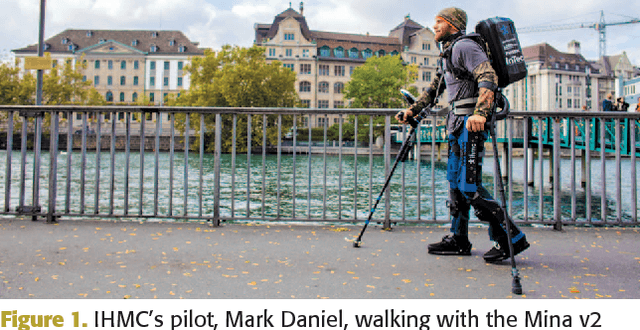
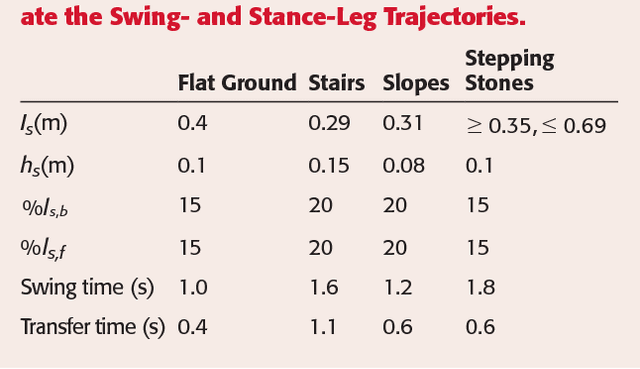
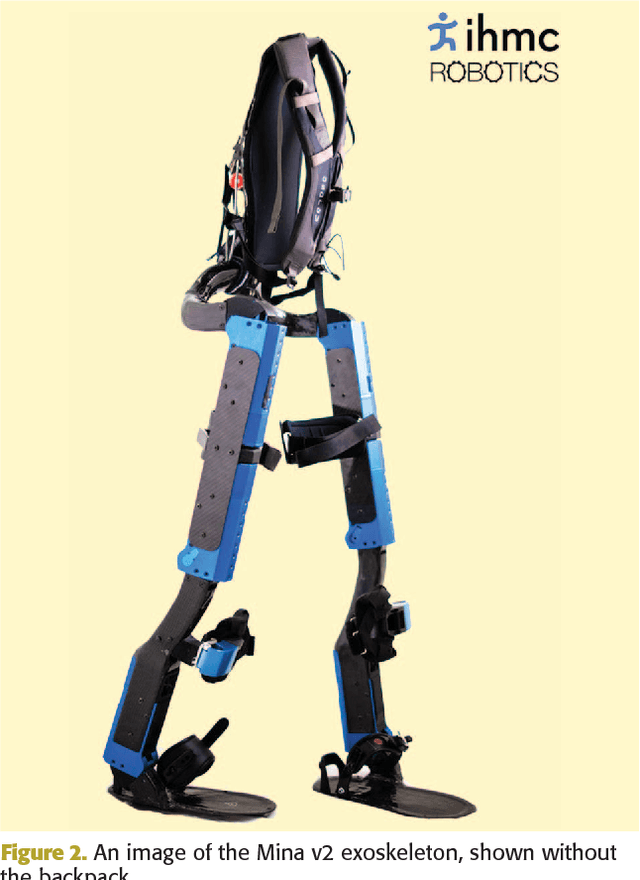
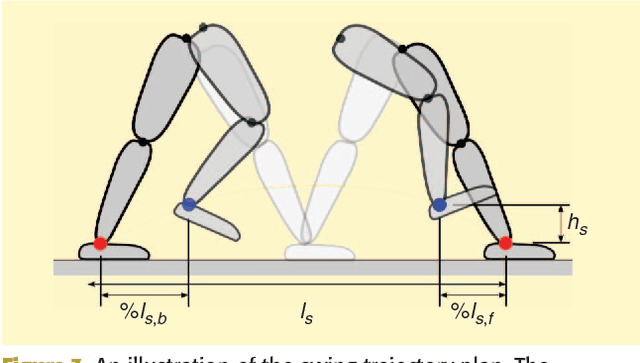
Abstract:Exoskeletons are a promising technology that enables individuals with mobility limitations to walk again. As the 2016 Cybathlon illustrated, however, the community has a considerable way to go before exoskeletons have the necessary capabilities to be incorporated into daily life. While most exoskeletons power only hip and knee flexion, Team Institute for Human and Machine Cognition (IHMC) presents a new exoskeleton, Mina v2, which includes a powered ankle dorsi/plantar flexion. As our entry to the 2016 Cybathlon Powered Exoskeleton Competition, Mina v2's performance allowed us to explore the effectiveness of its powered ankle compared to other powered exoskeletons for pilots with paraplegia. We designed our gaits to incorporate powered ankle plantar flexion to help improve mobility, which allowed our pilot to navigate the given Cybathlon tasks quickly, including those that required ascending movements, and reliably achieve average, conservative walking speeds of 1.04 km/h (0.29 m/s). This enabled our team to place second overall in the Powered Exoskeleton Competition in the 2016 Cybathlon.
Message-Passing Protocols for Real-World Parsing -- An Object-Oriented Model and its Preliminary Evaluation
Sep 23, 1997



Abstract:We argue for a performance-based design of natural language grammars and their associated parsers in order to meet the constraints imposed by real-world NLP. Our approach incorporates declarative and procedural knowledge about language and language use within an object-oriented specification framework. We discuss several message-passing protocols for parsing and provide reasons for sacrificing completeness of the parse in favor of efficiency based on a preliminary empirical evaluation.
* 12 pages, uses epsfig.sty
The Complexity of Recognition of Linguistically Adequate Dependency Grammars
Sep 08, 1997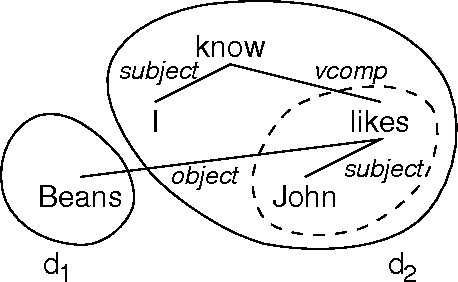

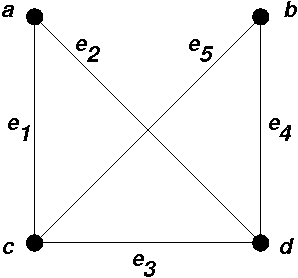

Abstract:Results of computational complexity exist for a wide range of phrase structure-based grammar formalisms, while there is an apparent lack of such results for dependency-based formalisms. We here adapt a result on the complexity of ID/LP-grammars to the dependency framework. Contrary to previous studies on heavily restricted dependency grammars, we prove that recognition (and thus, parsing) of linguistically adequate dependency grammars is NP-complete.
* 8 pages, requires LaTeX2e, epsfig, latexsym, amsmath
Restricted Parallelism in Object-Oriented Lexical Parsing
May 15, 1996



Abstract:We present an approach to parallel natural language parsing which is based on a concurrent, object-oriented model of computation. A depth-first, yet incomplete parsing algorithm for a dependency grammar is specified and several restrictions on the degree of its parallelization are discussed.
* 6 pages, uuencoded gzipped PS file
Trading off Completeness for Efficiency --- The \textsc{ParseTalk} Performance Grammar Approach to Real-World Text Parsing
May 15, 1996



Abstract:We argue for a performance-based design of natural language grammars and their associated parsers in order to meet the constraints posed by real-world natural language understanding. This approach incorporates declarative and procedural knowledge about language and language use within an object-oriented specification framework. We discuss several message passing protocols for real-world text parsing and provide reasons for sacrificing completeness of the parse in favor of efficiency.
* 6 pages, uuencoded gzipped PS file
 Add to Chrome
Add to Chrome Add to Firefox
Add to Firefox Add to Edge
Add to Edge